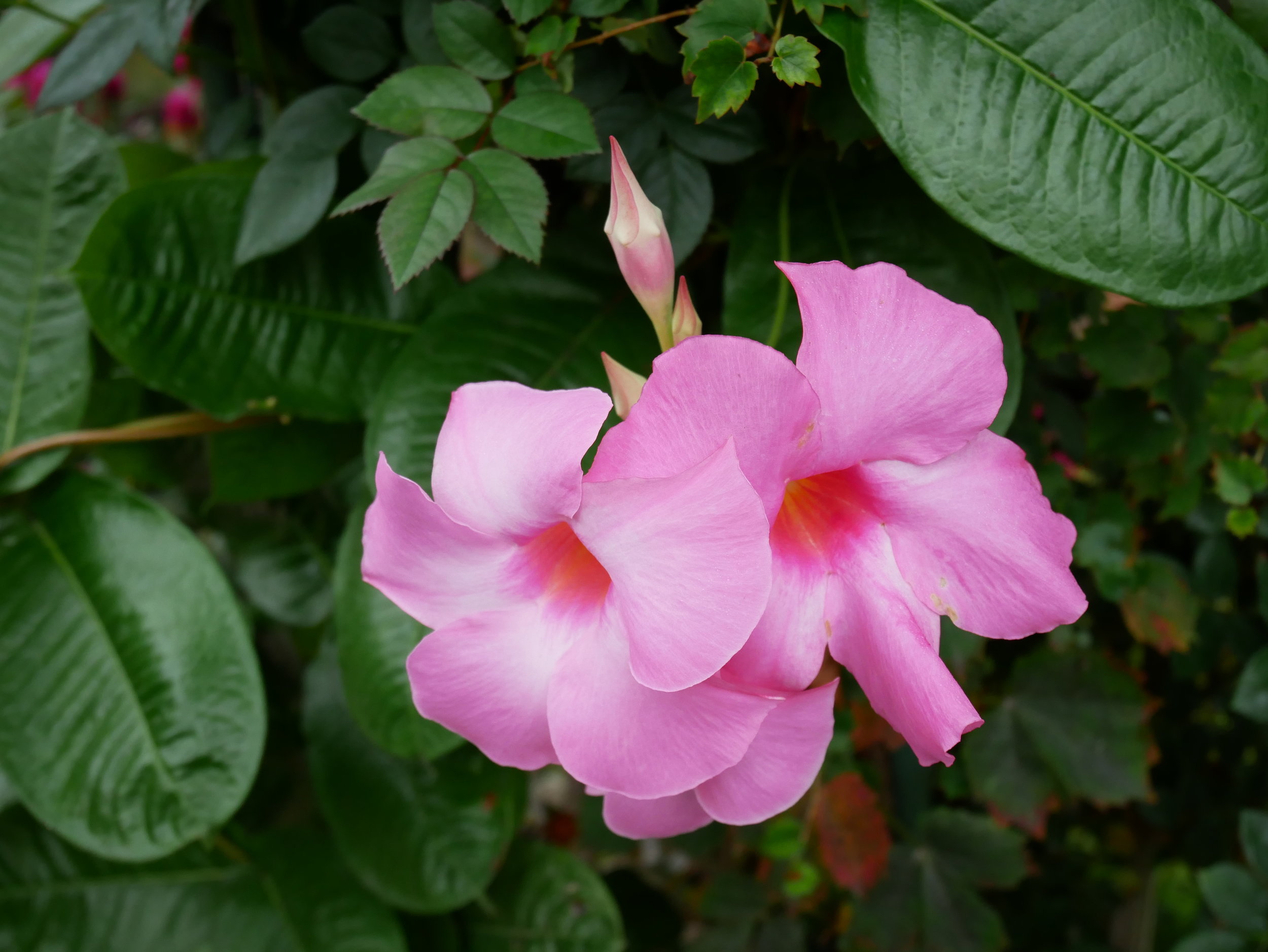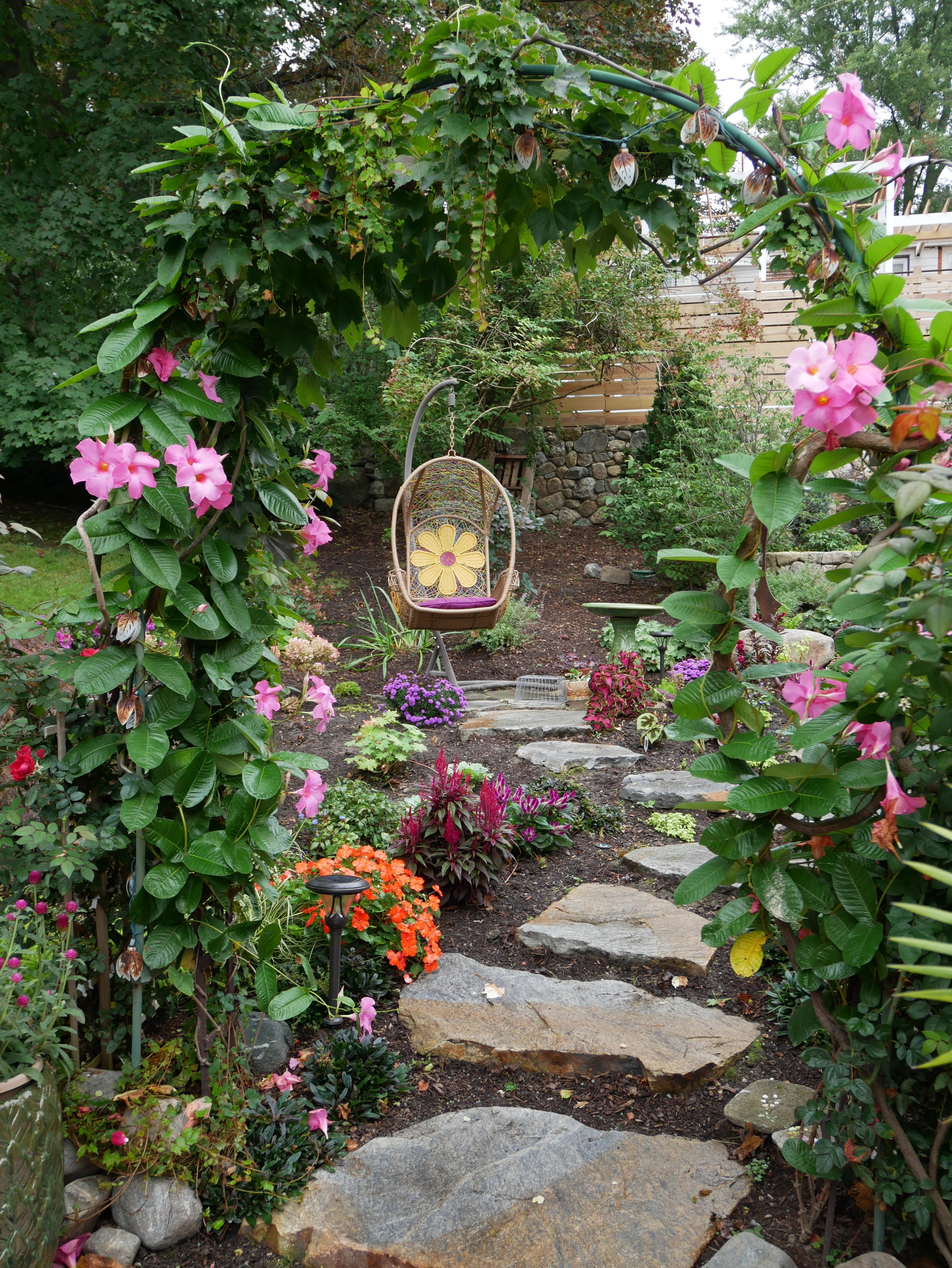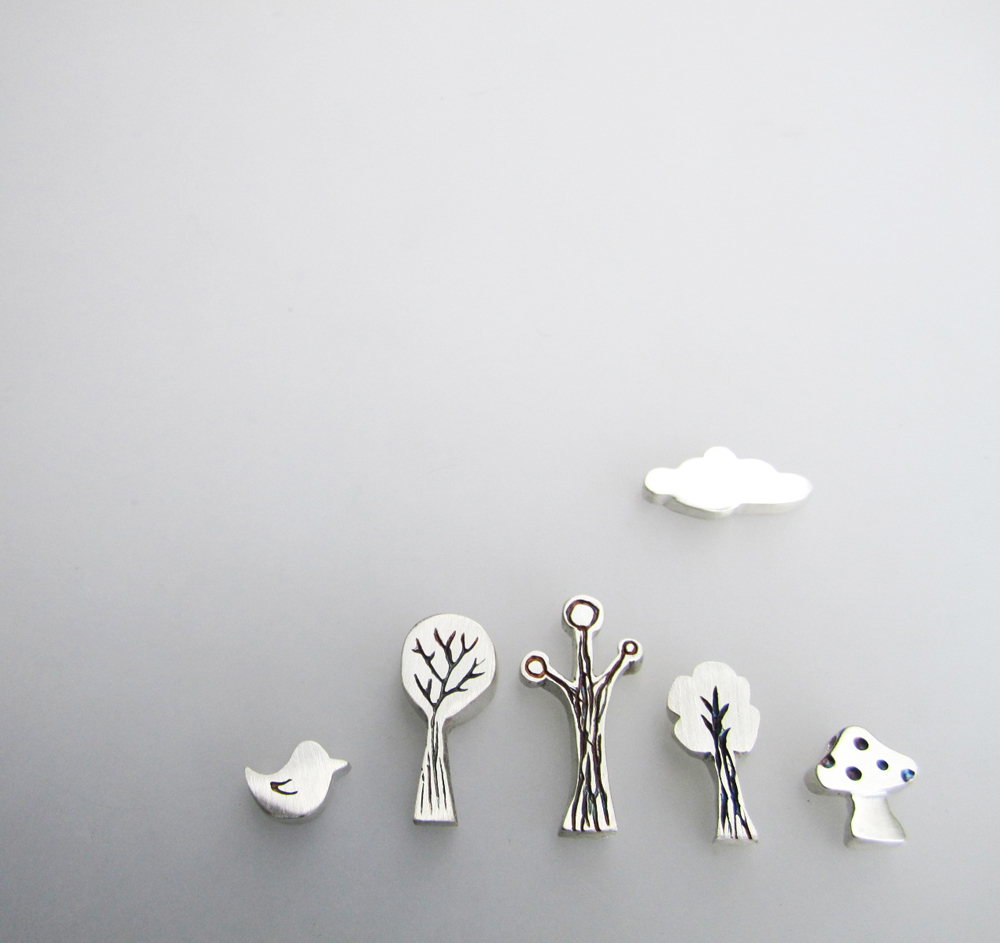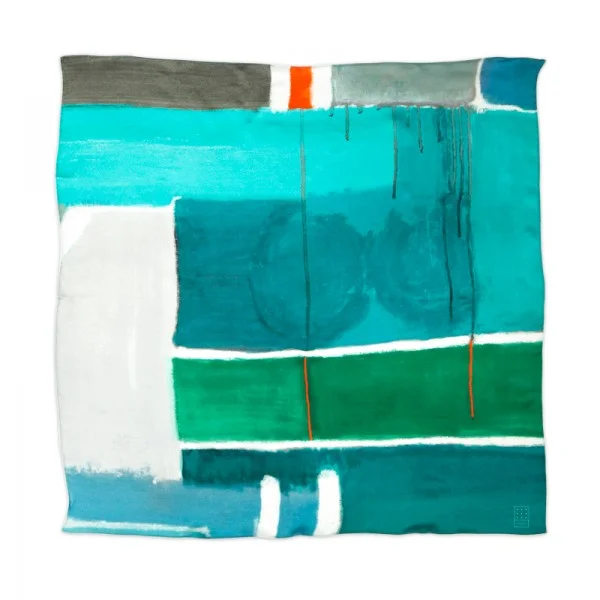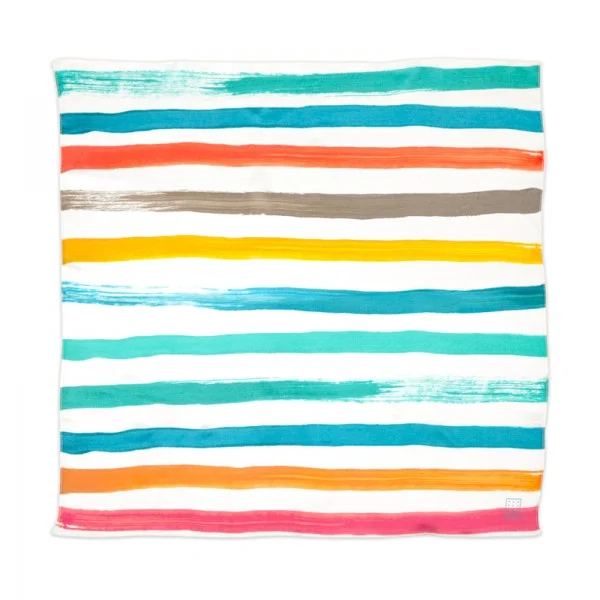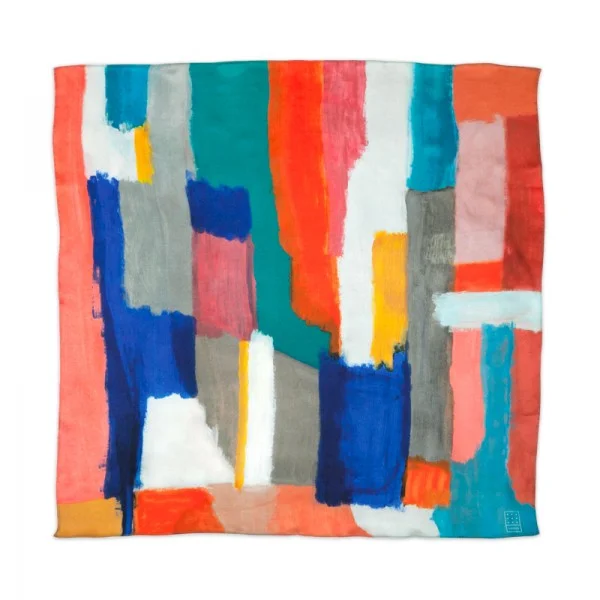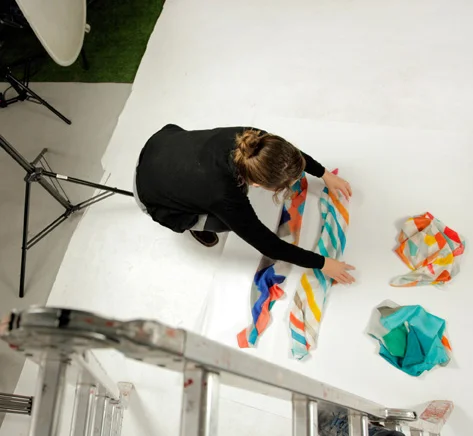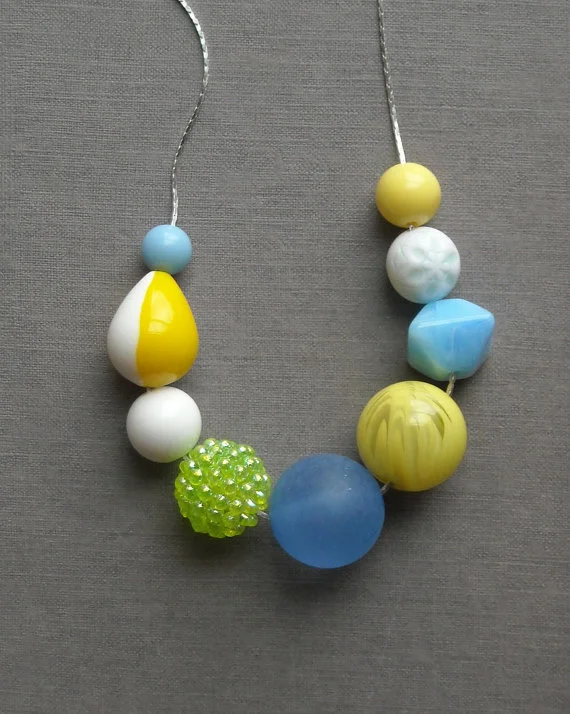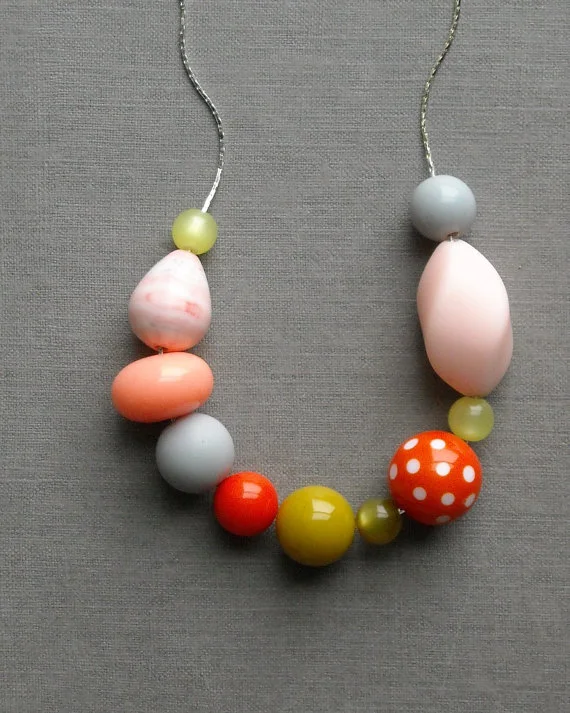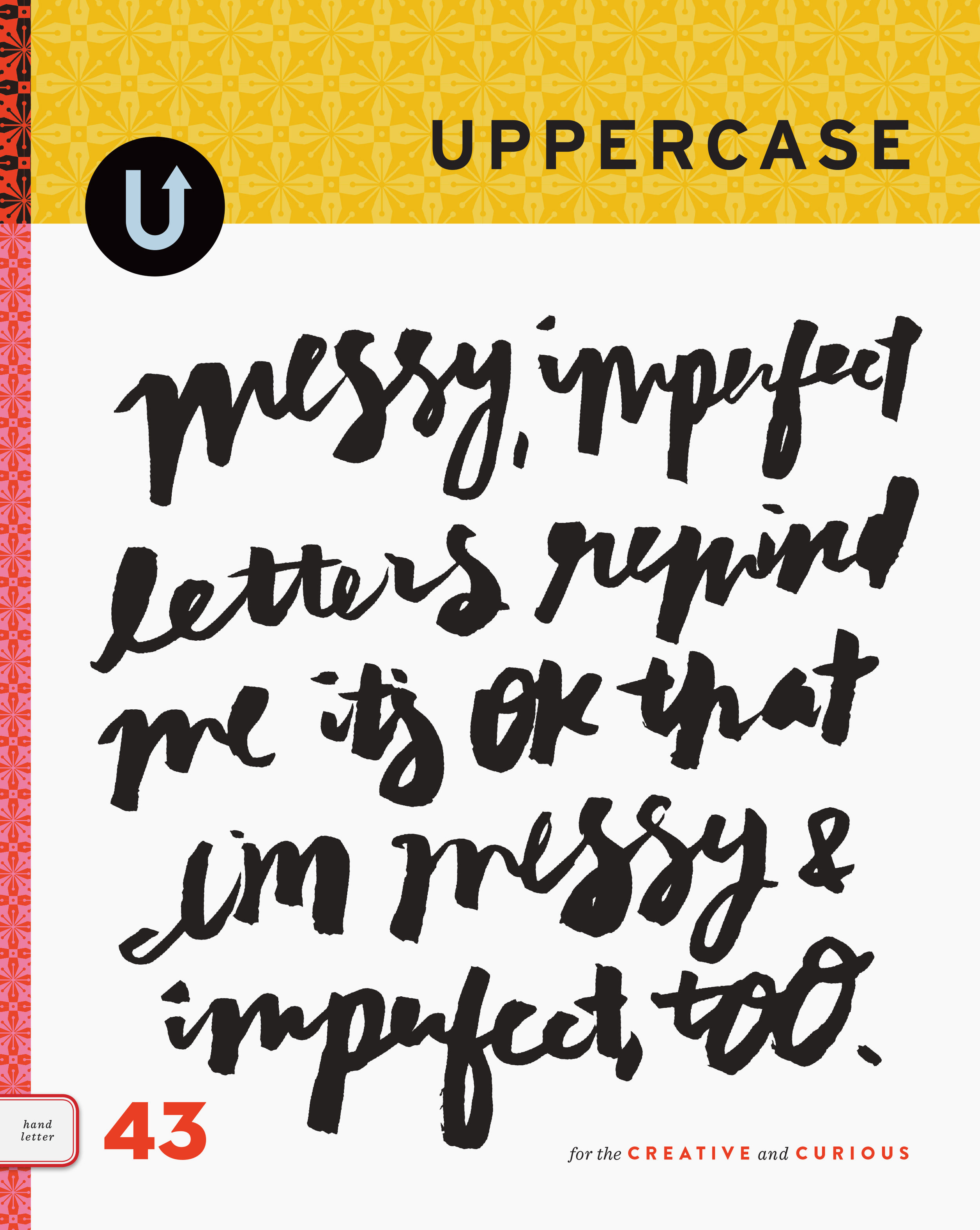Lilla Rogers' Gorgeous Garden
/Illustration rep Lilla Rogers' home studio is inspiring (see this previous post) but her gorgeous yard is competing for attention. Full of pinks and lush greens, the yard has many places to sit, ponder and sketch, linked together with meandering paths and changes of elevation.
Lilla worked with Susan Redmond of Redmond Design Group on this backyard design project, that was completed earlier this year. "We had redone the front yard the previous year," says Lilla. She so enjoyed the process and collaboration with Susan, that this year they redid the back.
"We worked on the design together. It all started innocently enough," Lilla explains. "I simply wanted a fenced area to keep out the groundhogs, rabbits and chipmunks from my cutting beds and vegetables. Ha ha ha," she laughs. "Then project creep happened, happily." She added three garden arches "smothered in mandevilla and climbing red roses" along with lots of bird houses, a bird bath, many paths and an egg swing—"which is great for meditation."
Walking up the path leads to a very cute potting shed, that Lilla uses for writing—and perhaps as a retreat and studio for visiting guest artists someday.
A fenced area keeps critters out of her cutting garden; its symmetry offers a nice geometric contrast to the rest of the yard.
With decorations by both Lilla and her artists, the yard is punctuated by personality and colour.
Thank you, Lilla, for inviting me to your 2017 artists' retreat.



